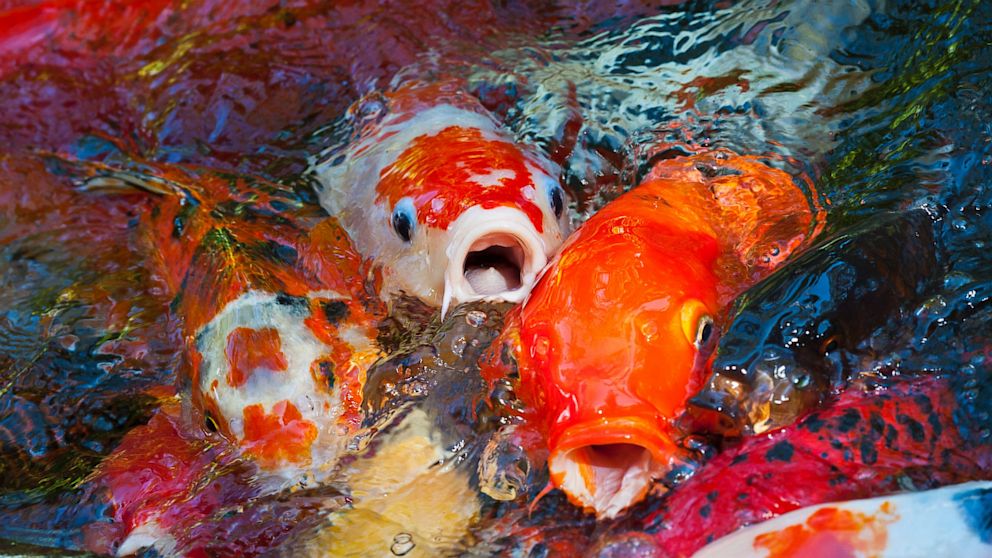Carp are a large group of fish originally found in Central Europe and Asia. Various carp species were originally domesticated in East Asia, where they were used as food fish. Carp are coldwater fish, and their ability to survive and adapt to many climates and water conditions allowed the domesticated species to be propagated to many new locations, including Japan. Natural colour mutations of these carp would have occurred across all populations. Carp were first bred for colour mutations in China more than a thousand years ago, where selective breeding led to the development of the goldfish.

Members of the common carp species complex were aquacultured as a food fish at least as long ago as the fifth century BC in China, and in the Roman Empire during the spread of Christianity in Europe. Carps were bred for colour in Japan in the 1820s, initially in the town of Ojiya in the Niigata prefecture on the north-eastern coast of Honshu island.
The outside world was not aware of the development of colour variations in Japanese koi until 1914. From that time, interest in koi spread throughout Japan. It was from this original handful of koi that all other Nishikigoi varieties were bred, with the exception of the Ogon variety (single coloured, metallic koi) which was developed relatively recently. The hobby of keeping koi eventually spread worldwide. Koi are now sold in many pet aquarium shops, with higher-quality fish available from specialist dealers.
Koi are very hardy. With proper care, they resist many of the parasites that affect more sensitive tropical fish species. Koi growth rate depends on their environment and care, so it’s best to keep your koi in ponds or large vats, instead of aquariums. They are an omnivorous fish, and will eat a wide variety of foods, including peas, lettuce, and watermelon.